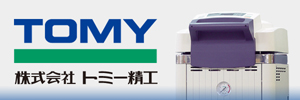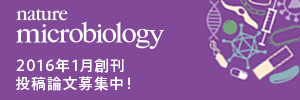Previous Story
P24-2 : Metabolic potential and community structure of anaerobically respiring microorganisms enriched from deep subseafloor sediments of the Shimokita Coalbed, Japan
Posted On 20 10月 2014
Comment: Off
1National Institute of Advanced Industrial Science and Technology (AIST), Japan, 2Japan Agency for Marine-Earth Science and Technology (JAMSTEC), Japan, 3, ,
The metabolic activity of deep microorganisms is intimately connected with energy and carbon cycles of the earth. Here, we investigated the structure and activity of anaerobically respiring microbial communities enriched from subseafloor sediments by biogeochemical analyses and Illumina sequencing of the 16S rRNA genes. Fifteen core samples obtained from the deep sediments (about 1290 to 2460 mbsf) at site C0020 off Shimokita during IODP Expedition 337 were cultivated anaerobically at 37°C or 50°C with substrates for methanogens, homoacetogens, or iron reducers. A total of 240 incubations were implemented. After approximately one year of cultivation, methane was produced from three sediment incubations in which Methanobrevibacter spp. and Methanosphaera sp. were detected. Furthermore, acetate was detected slightly from a sediment incubation in which a novel member of the Clostridia predominated. On the other hand, Fe(III)-reducing activity was observed from the sediment incubations at a wide range of depths. Thermus sp., Ralstonia sp., and Geobacillus sp. represented high relative abundances in almost all these incubations, while Desulfotomaculum sp. and Planifilm sp. were abundant in the specific-depth incubations. The results strongly suggest that ferric iron reducers played pivotal role in the terminal electron-accepting process in the deep subseafloor environment.
keywords:IODP Expedition 337,Illumina sequencing,ferric iron reducer,,




